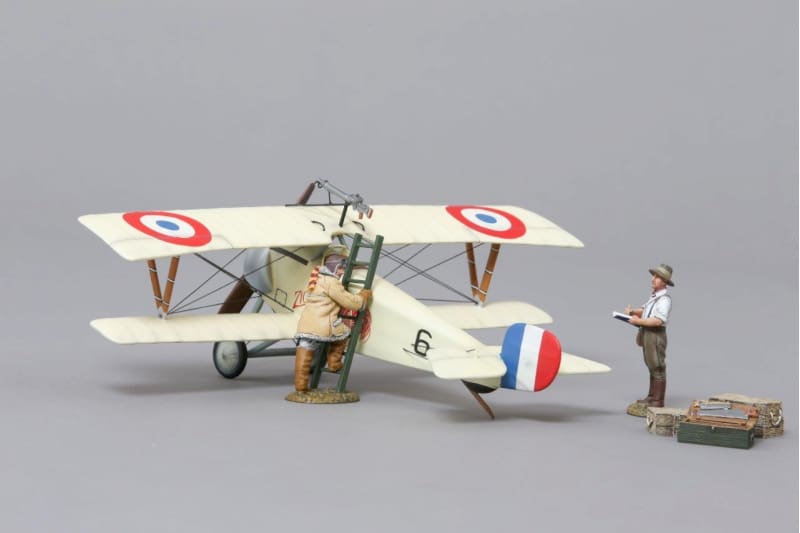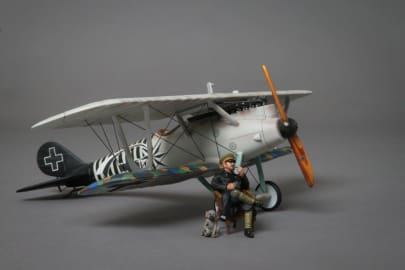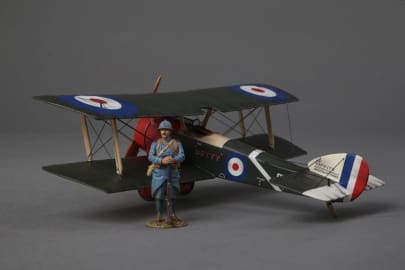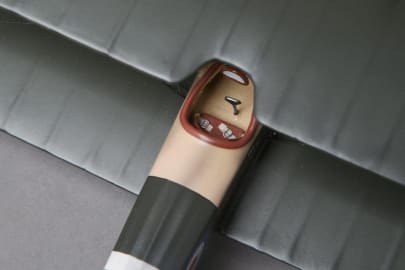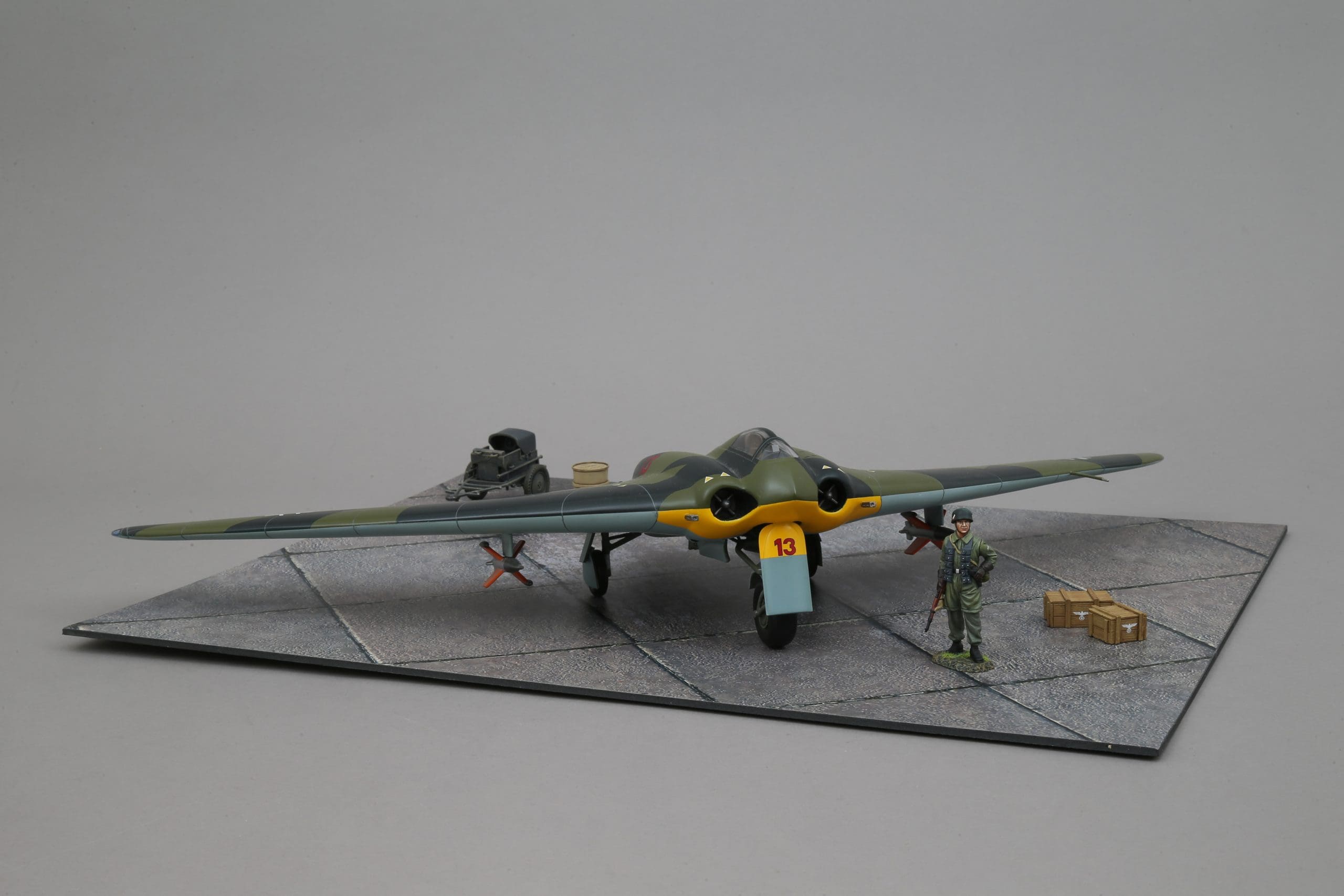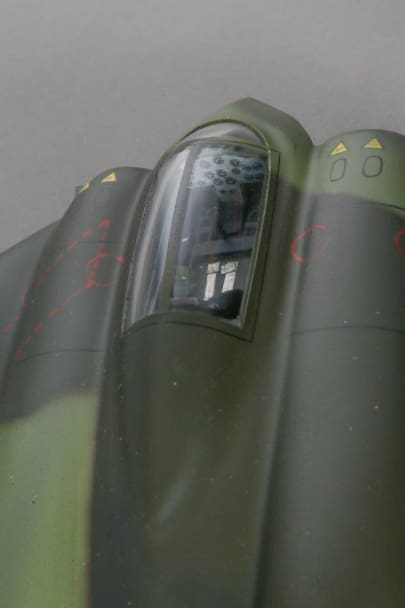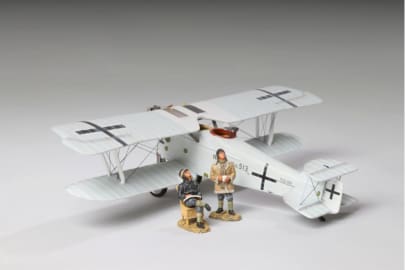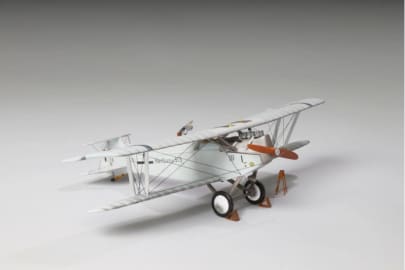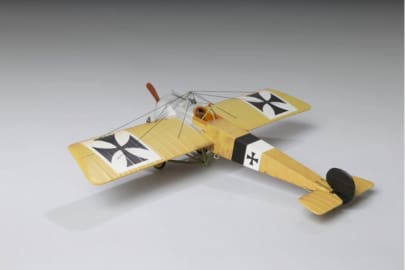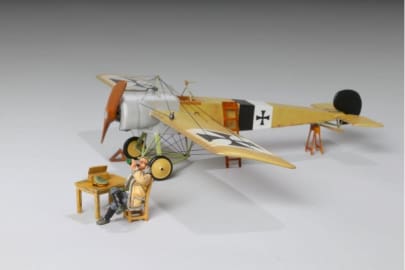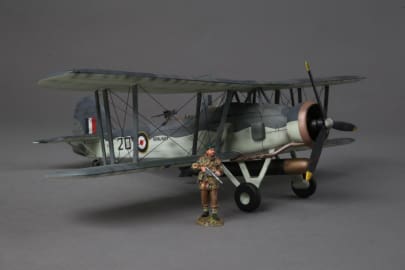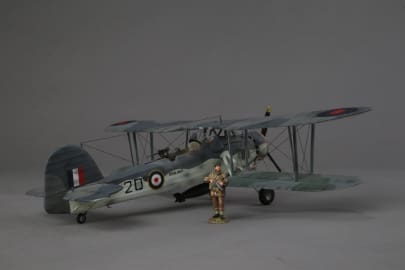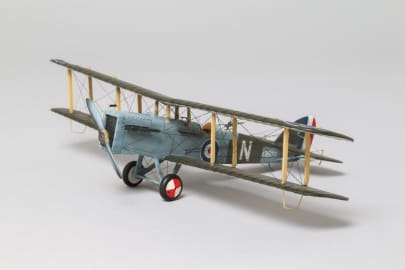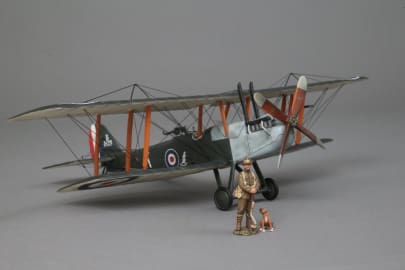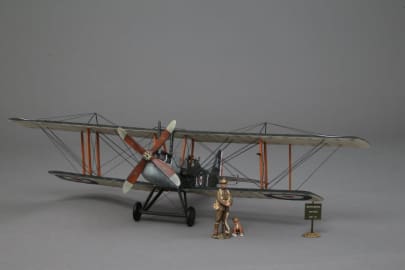- Free shipping available on orders over £100 (UK) £250 (EU) and $300 rest of the world
WOW164 – Nieuport ‘Zigomar’
Out of Stock
Description
Description
The Nieuport 11, nicknamed the Bébé, was a French World War I single seat sesquiplane fighter aircraft, designed by Gustave Delage.It was the primary aircraft that ended the Fokker Scourge in 1916 The type saw service with several of France’s allies, and gave rise to the series of “vee-strut” Nieuport fighters that remained in service (latterly as trainers) into the 1920s. The Nieuport 11 reached the French front in January 1916, and 90 were in service within the month. This small, sesquiplane outclassed the Fokker Eindecker in every respect, including speed, climb rate and manoeuvrability. It featured ailerons for lateral control rather than the Fokker’s wing warping, giving lighter, quicker roll response, and its elevator was attached to a conventional tail plane which provided better pitch control as opposed to the all-moving, balanced “Morane type” elevators of the Fokker. The Fokker’s success was solely due to its synchronized machine gun which fired forward through the arc of its propeller. At the time, the Allies lacked a similar system, and the Nieuport 11’s Lewis machine gun was mounted to fire over the propeller, allowing uninterrupted forward fire. The Lewis was not synchronizable, due to its open bolt firing cycle design which resulted in an unpredictable rate of fire. Clearing gun jams and replacing ammunition drums in flight were challenging though, and the drums limited ammunition supply. This was eventually resolved in French service by the application of the Alkan synchronization gear with a Vickers machine gun to Nieuport fighters starting with some later examples of the Nieuport 16. The British, in the absence of their own satisfactory synchronizer, continued with the overwing Lewis but employed a new “double” Lewis drum with a capacity of 98 rounds. During the course of the Battle of Verdun in February 1916, the combination of the Nieuport 11s technical advantages and the concentration of the fighters within the first dedicated fighter units allowed the French to establish air superiority, forcing radical changes in German tactics. Some Nieuport 11s and 16s were even fitted to fire Le Prieur rockets from the struts for attacks on observation balloons and airships. By March 1916 the Bébé was being replaced by the improved Nieuport 17, although Italian-built examples remained in first line service longer, as did Russian examples. Thereafter the Nieuport 11s and 16 continued to be widely used as trainer. Our 1/30 scale Nieuport 11 is one flown by Paul Albert Pierre Tarascon of Escadrille de Chasse N62. Tarascon had entered the French Army in 1901 at the age of 19, serving with the Colonial Infantry. He became interested in aviation and started learning to fly in 1911; he was involved in a bad crash and his right foot was amputated. When the war broke out in 1914, Tarascon volunteered for the Aviation Militaire and completed flight training in January 1915, after which he was assigned as an instructor. With the losses that came from the “Fokker Scourge” in late 1915, he managed to be reassigned to combat flying, first with N31 and then N3, on Nieuport 10s. In April 1916 he was assigned to N62, where he “found his eye” and began his successful career flying his first “Zigomar,” a Nieuport 11. By September, Tarascon had eight victories and was awarded the Medaille Militaire and Legion d’Honneur. The unit re-equipped with the SPAD VII in early 1917 and by mid-1918 he raised his score to 12. Known as the “ace with the wooden leg,” Tarascon survived the war, later rising to the rank of Colonel. During the Second World War he worked in the Resistance, and received the Grand Cross to the Legion d’Honneur in 1955 for his wartime service. Paul Tarascon died on June 11, 1977, at age 94. We have a total of 10 of these hand carved Mahogany models available.

